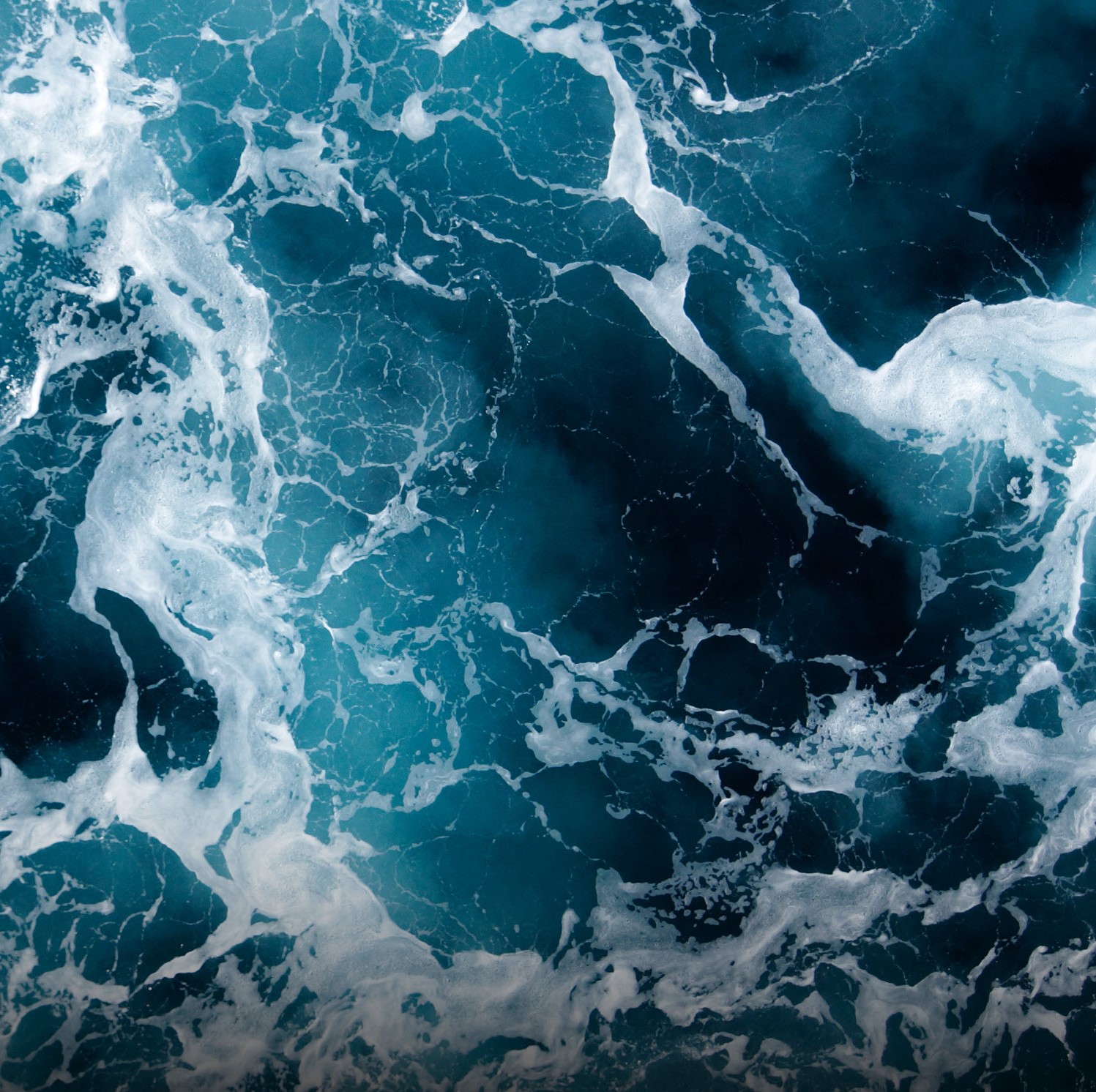
I am proud to introduce Soroosh Sorooshian, distinguished professor of civil and environmental engineering and Earth system science at the University of California, Irvine, as the 2013 Horton medalist. Soroosh is an exemplary scholar, who through collaborations with Hoshin Gupta and numerous other talented students and researchers, has made many landmark contributions to hydrology. I will highlight what I consider to be his principal contributions. In the early 1980s, Soroosh was among the first to provide a better statistical underpinning of the rainfall-runoff model calibration problem. This work is still a main reference for hydrologic parameter estimation. Later that decade, Soroosh was the first to explain why local search methods were unable to locate the “best” hydrologic parameter values. This led to the SCE-UA algorithm. The profession suddenly had a consistent way to calibrate watershed models.
In the 1990s, Soroosh and his students introduced artificial neural networks to model the rainfall-runoff transformation. This work reenergized interest in black box models. Later, Soroosh’s group presented a multicriteria approach to model calibration that opened up new frontiers and inspired many of us to better recognize the role of model error. Soroosh then embarked upon a journey to use remote sensing data for precipitation estimation. This led to PERSIANN, used worldwide to predict rainfall amounts at different spatial and temporal scales.
In the 2000s, Soroosh and his students introduced particle-filtering and model-averaging approaches to better characterize modeling errors. This work is at the center of the current debate on uncertainty quantification and has revived the use of data assimilation approaches.
At the same time, Soroosh engaged in sustainability studies to improve water resources management by initiating the Sustainability of Semi-arid Hydrology and Riparian Areas (SAHRA), a National Science Foundation Science and Technology Center. Especially noteworthy are his contributions to understanding the role of climate and soils in regional- and global-scale hydrology, inferring snowpack depths and riparian vegetation from remote sensing data, and understanding the relationship between seasonal streamflow variations and snowpack in the western United States.
Most recently, Soroosh started working on the effects of irrigation on local/regional weather and climate. Further, he has worked tirelessly in the service of the community, as chair of the Science Steering Group of the Global Energy and Water Cycle Experiment (GEWEX), a member of the National Oceanic and Atmospheric Administration Science Advisory Board, and a member of several National Research Council committees. He has also testified to both the U.S. House and Senate committees on water resources issues and has served AGU in numerous roles: editor of Water Resources Research, Hydrology section president, and chair of the Public Affairs Committee.
Soroosh is also an outstanding educator. Many of his former students occupy leading positions in academia, industry, and government. In summary, Soroosh is a skilled diplomat who has propelled hydrology to new synergies and discoveries. His wisdom and vision have inspired many to succeed in their careers. Please join me in congratulating Soroosh Sorooshian as this year’s Horton Medal winner.
—JASPER A. VRUGT, University of California, Irvine

Satellite‐based precipitation products (SPPs) have gained popularity among researchers due to their utility in hydrologic studies. Several gr...





